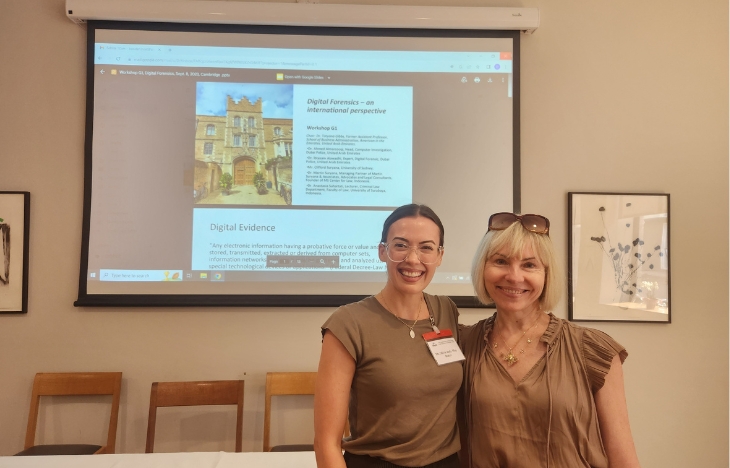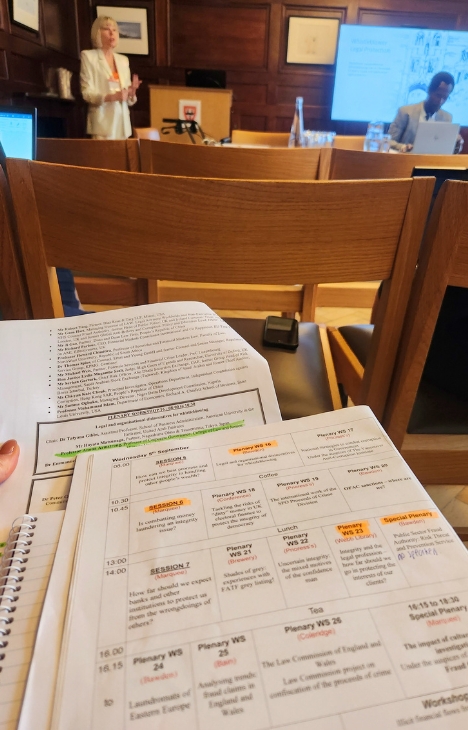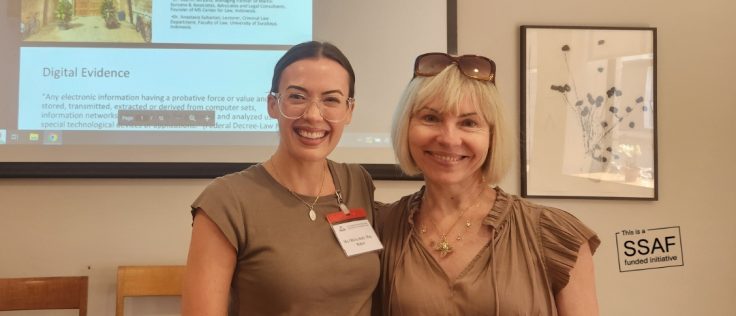Written by Olivia Baker
During my academic journey and in harmony with my university degree, I have worked on an extensive number of group projects.
This has allowed me to have a great understanding of what works, and what doesn’t work.
In short, when I am working on a group project, I have extracted 3 basic steps that I have found to work really well in group projects, to ensure that the project is delivered on time, is of great quality, and all group members provide an equal contribution to ensure the workload is balanced.

Step 1 – Foundation
When setting healthy boundaries within group environments, I recommend that you be aware of your strengths, limits, level of commitment, and priorities.
Once you are aware of these trajectories, I encourage this information to be communicated to the group, and also encourage other group members to do the same, so that work expectations can be recognised at the beginning, before the project commences.
I have found that by applying this step, it will ensure consistency and respect are influenced, communication is fluid, and will also ensure that all group members are involved, with their key strengths being recognised for when roles/responsibilities are assigned.
In the foundation stage, I believe it is important to also gently remind the group members that check-in sessions will be scheduled, and the group members will need make themselves available for these sessions.
When the roles/responsibilities are being divvied out, I have come to recognise that having a note taker in the group is extremely beneficial.
After check-in sessions, the note taker can easily capture minutes, and communicate a summary to the group, ensuring that the project stays on track, and everyone is transparent about the subject matter.

Step 2 – Objectives
In my opinion, the objective step is vital as it represents time organisation, and how the project will progress until completion.
I encourage the group members to come together and agree with structuring a progress timeline and scheduling check-in sessions, to ensure that everything remains on track throughout the project lifecycle.
I recommend during the scheduled weekly check-ins, the assigned responsibilities should be discussed, ensuring that no questions are left unturned, and all group members are completing their assigned responsibilities.
This will ultimately achieve a quality outcome for the group project.
I have learnt that this process establishes a healthy work environment, with all group members being engaged with their assigned responsibilities, while communication and support are encouraged at all times.

Step 3 – Assemble
Upon successful completion of steps 1 and 2, the ‘coming together’ phase of the project will be seamless.
By this point, you would have come to appreciate that the weekly check-in sessions would have been a fantastic way to iron out any bumps in the project lifecycle.
The assigned responsibilities of all members have been a shared workload from the beginning, and the project will be assembled with utmost qualitative results, by the due date.
Charlie blog is a SSAF funded initiative.










